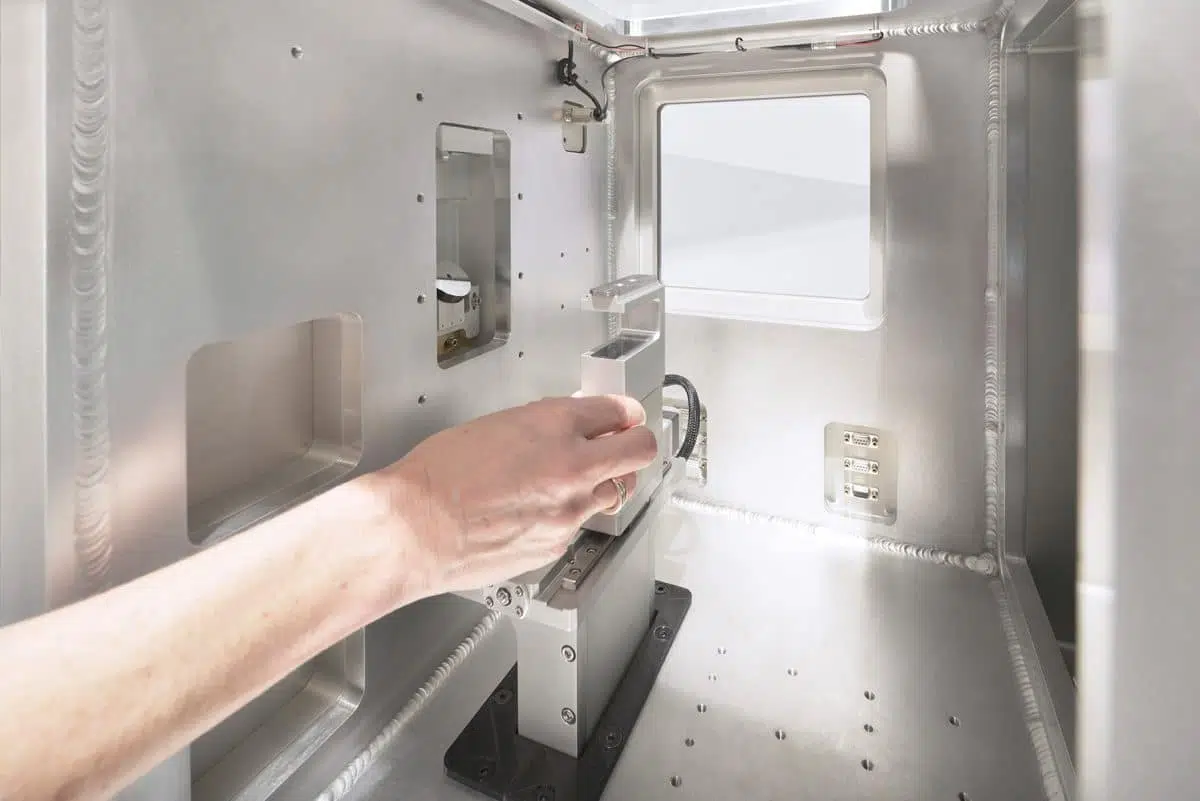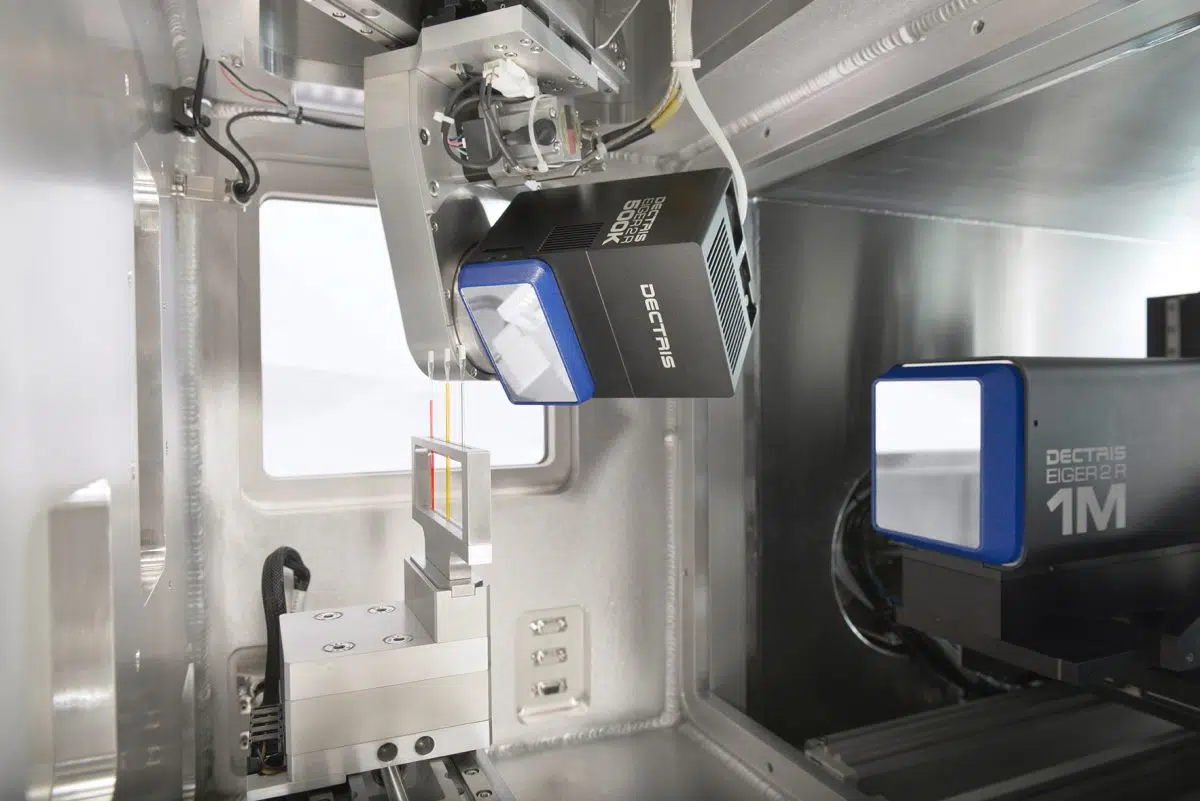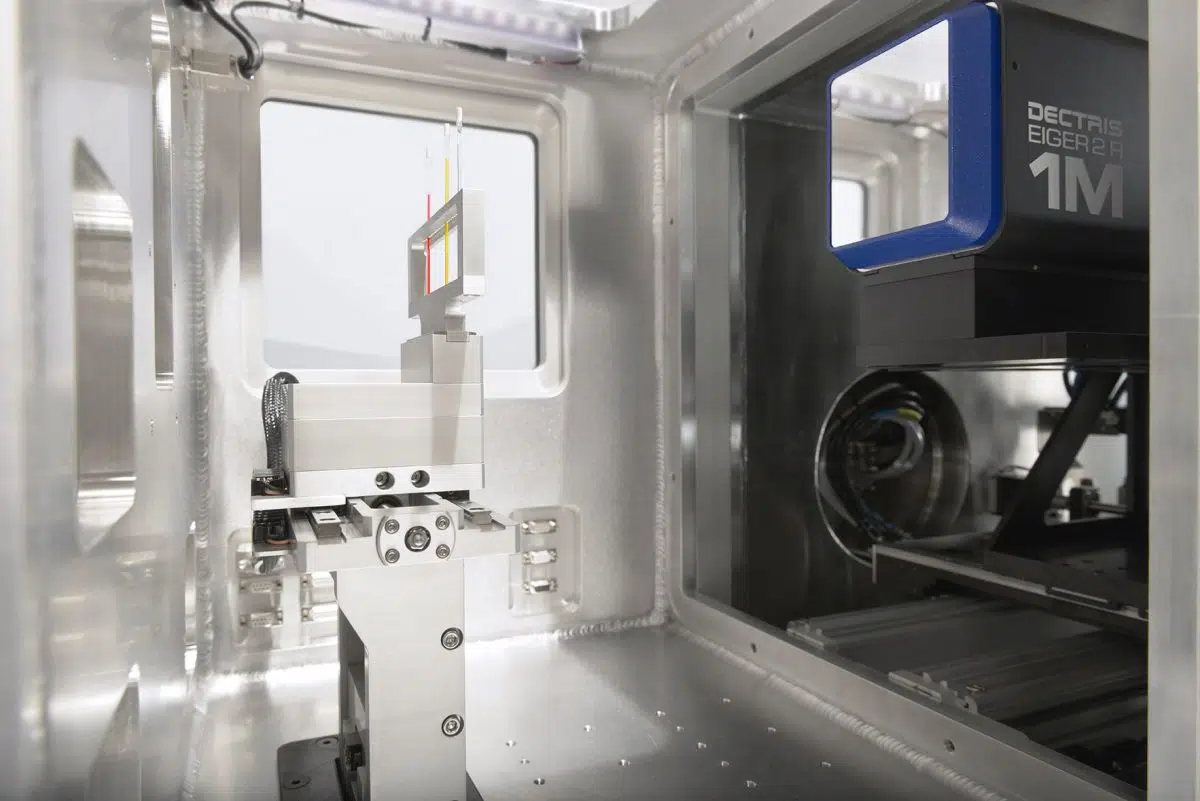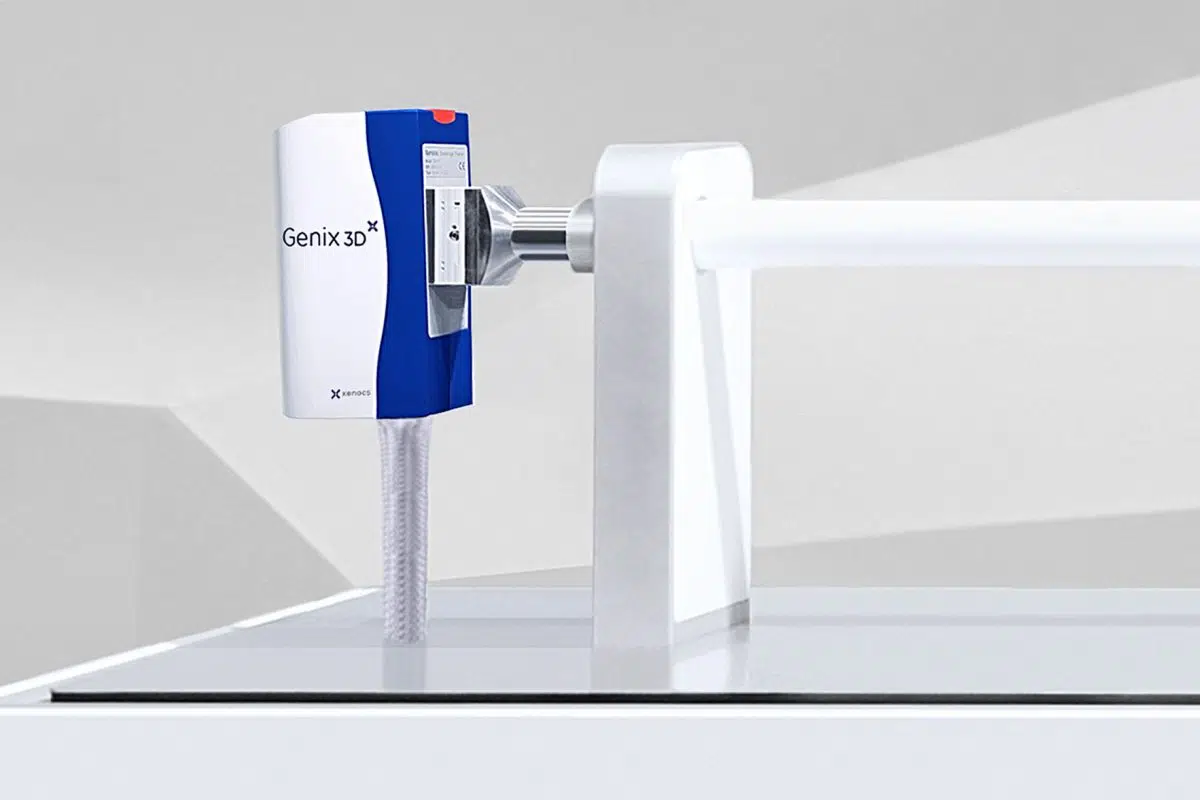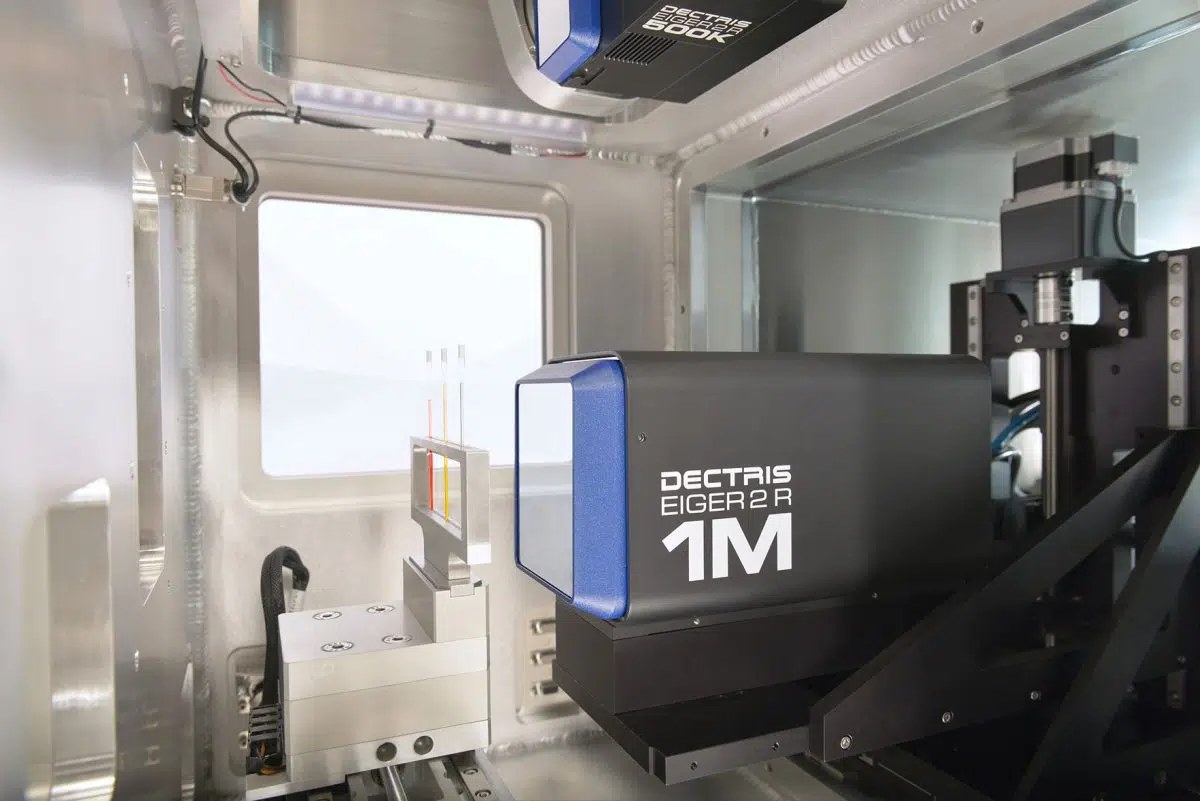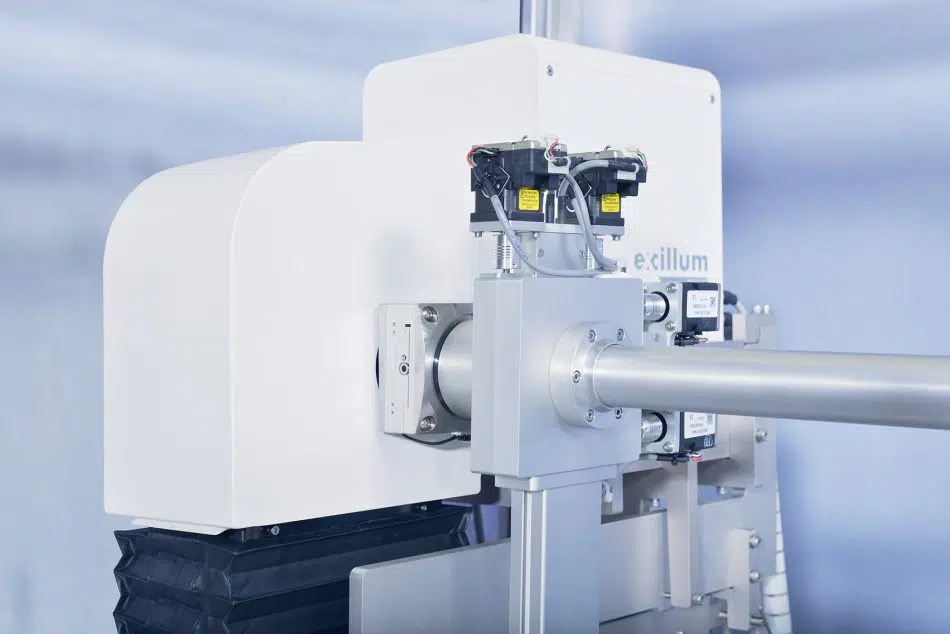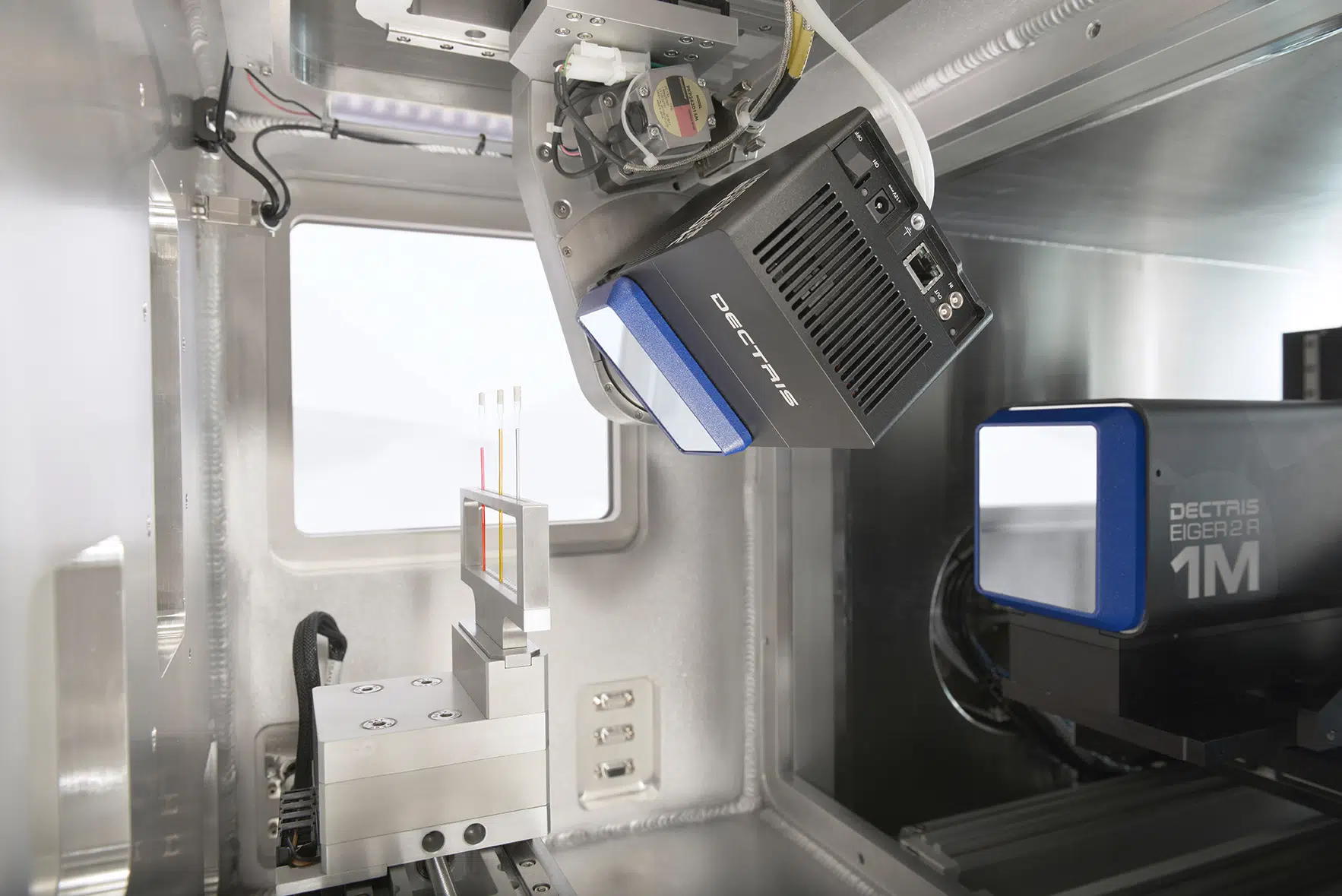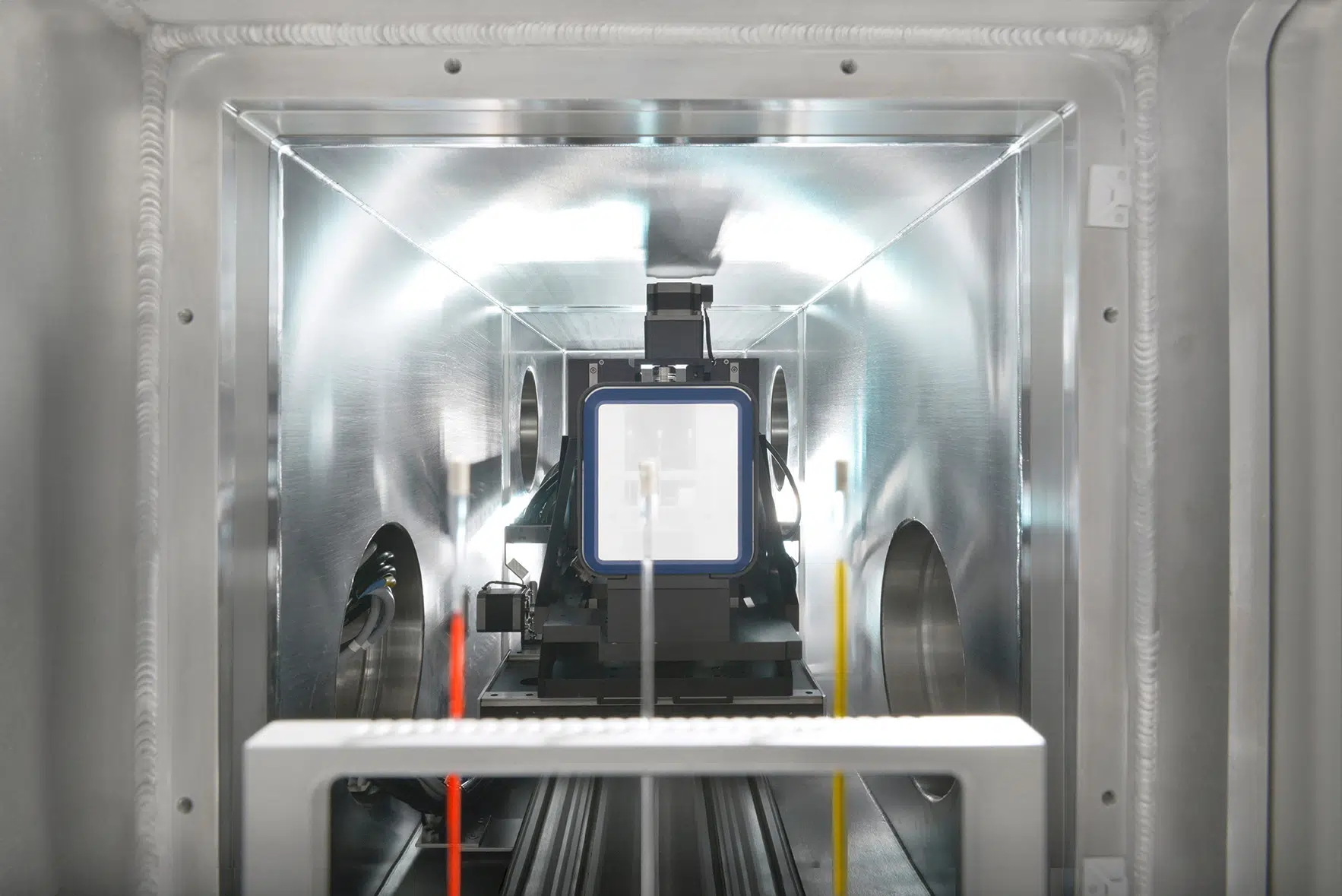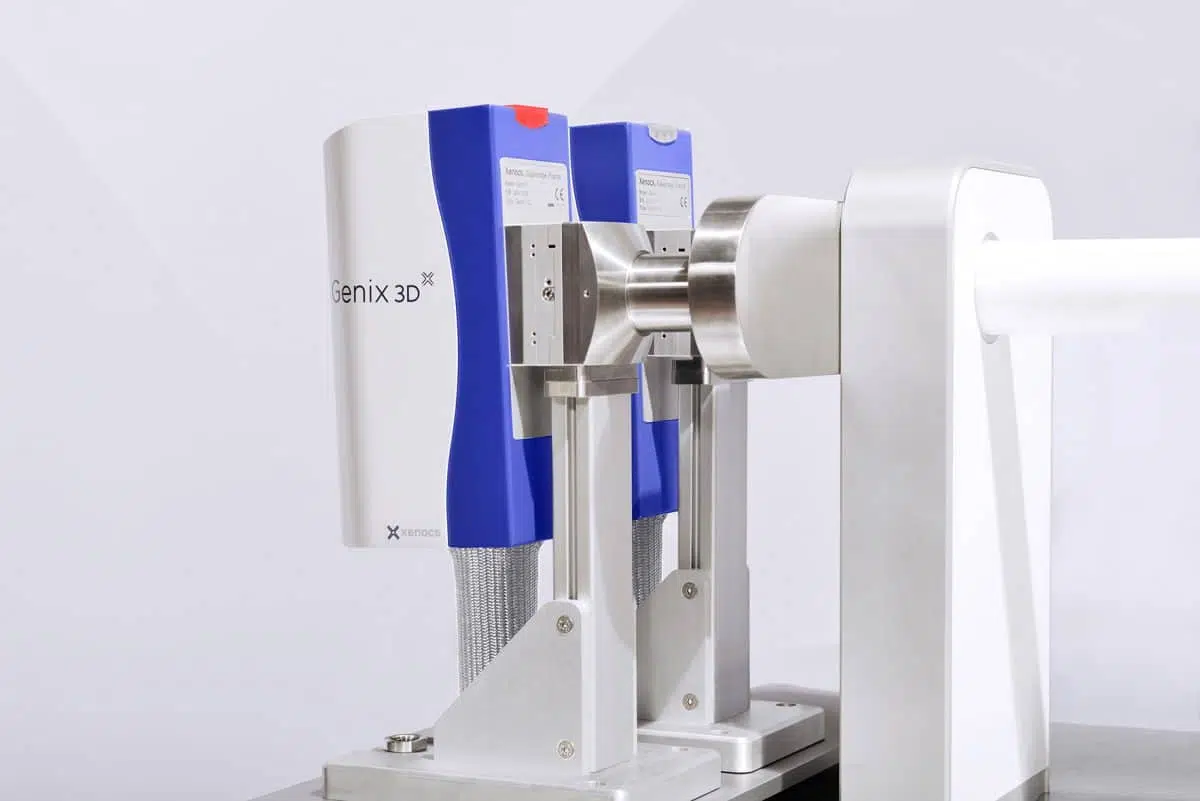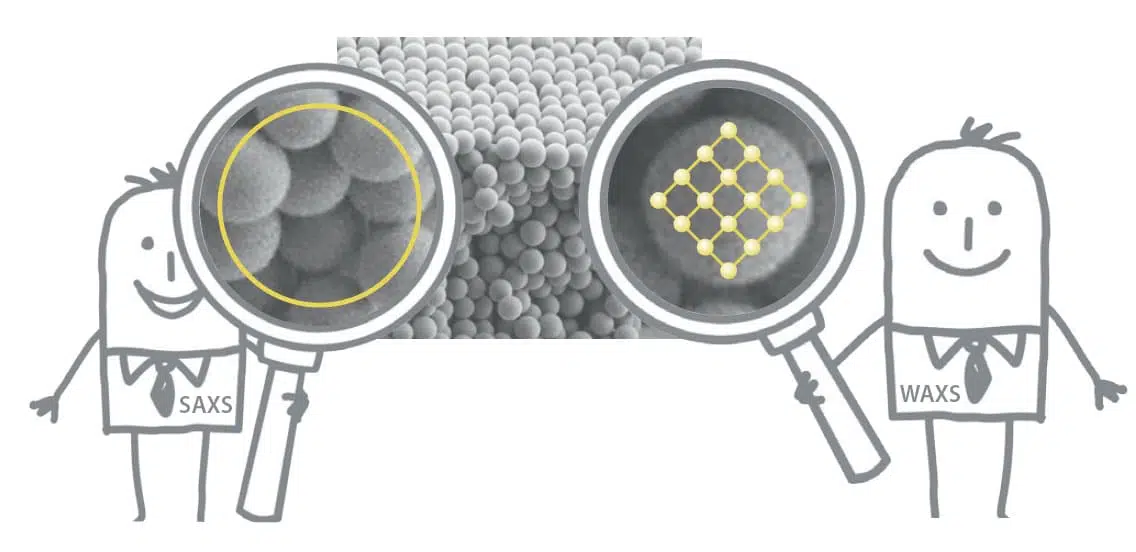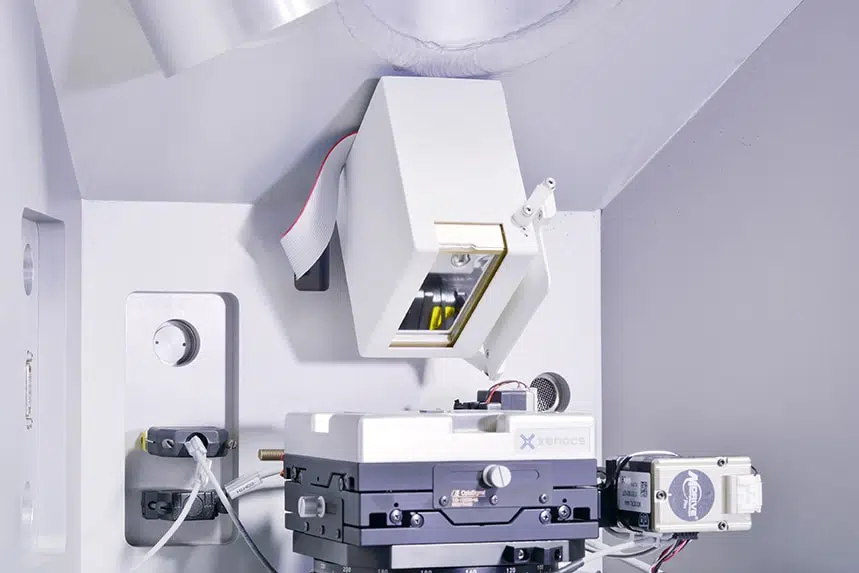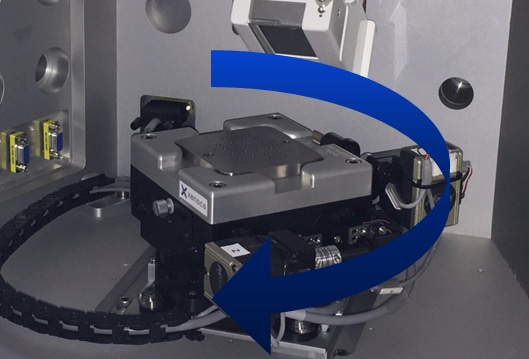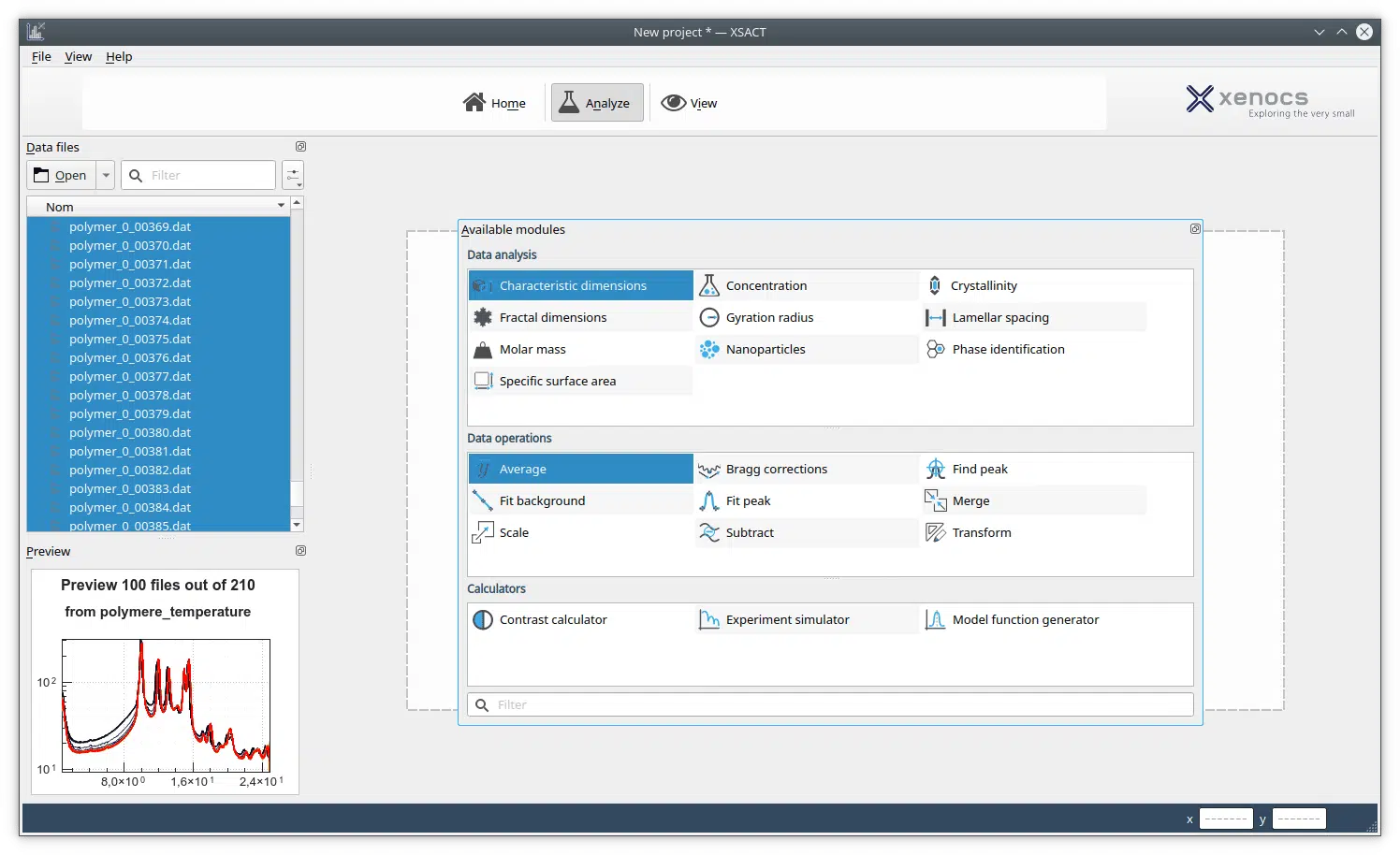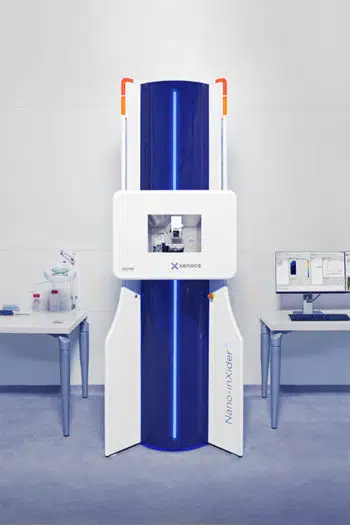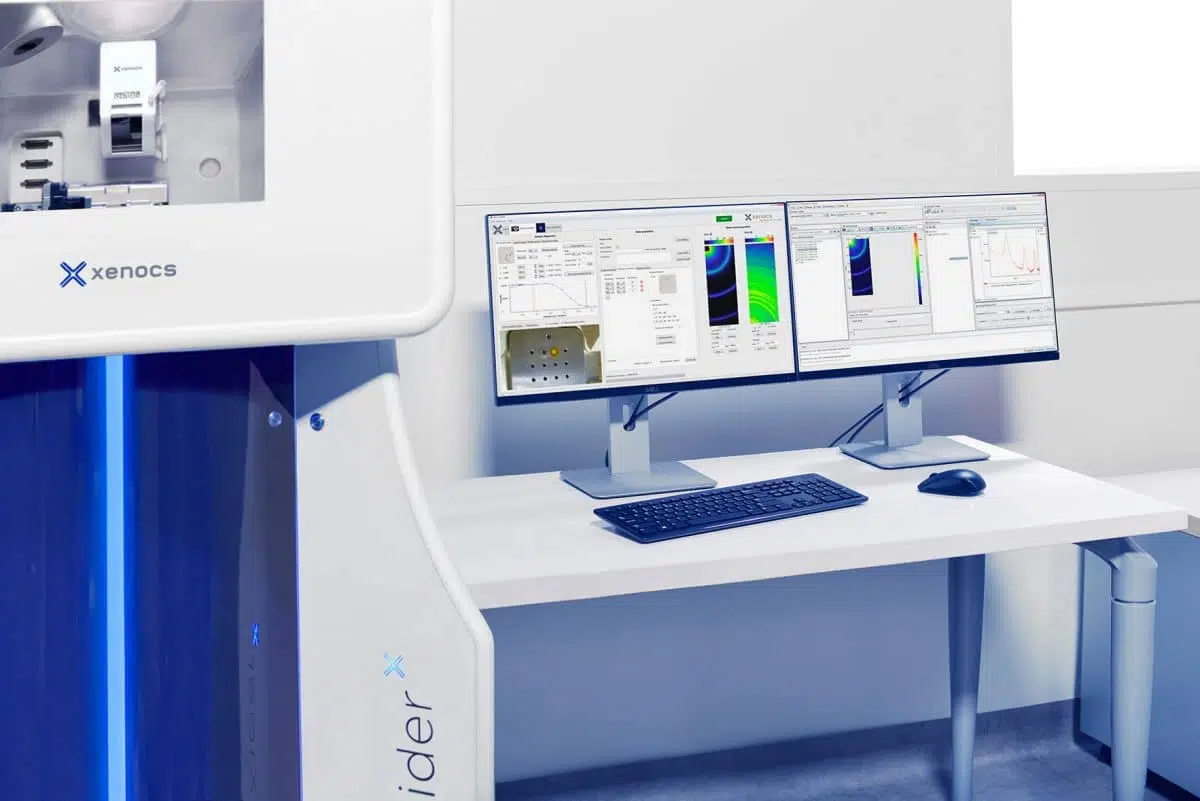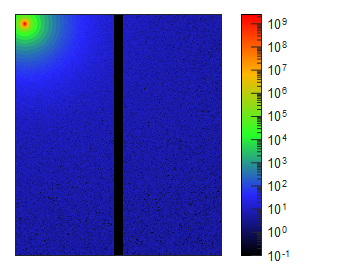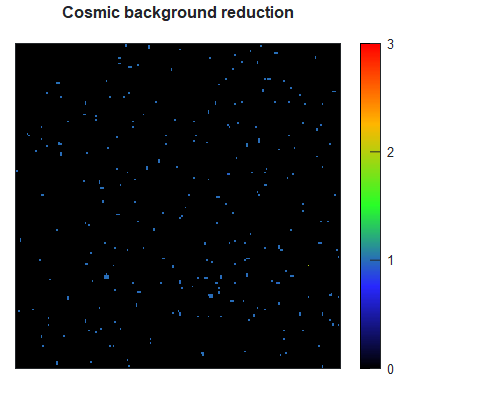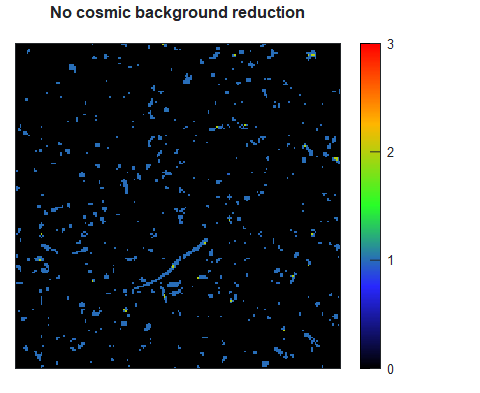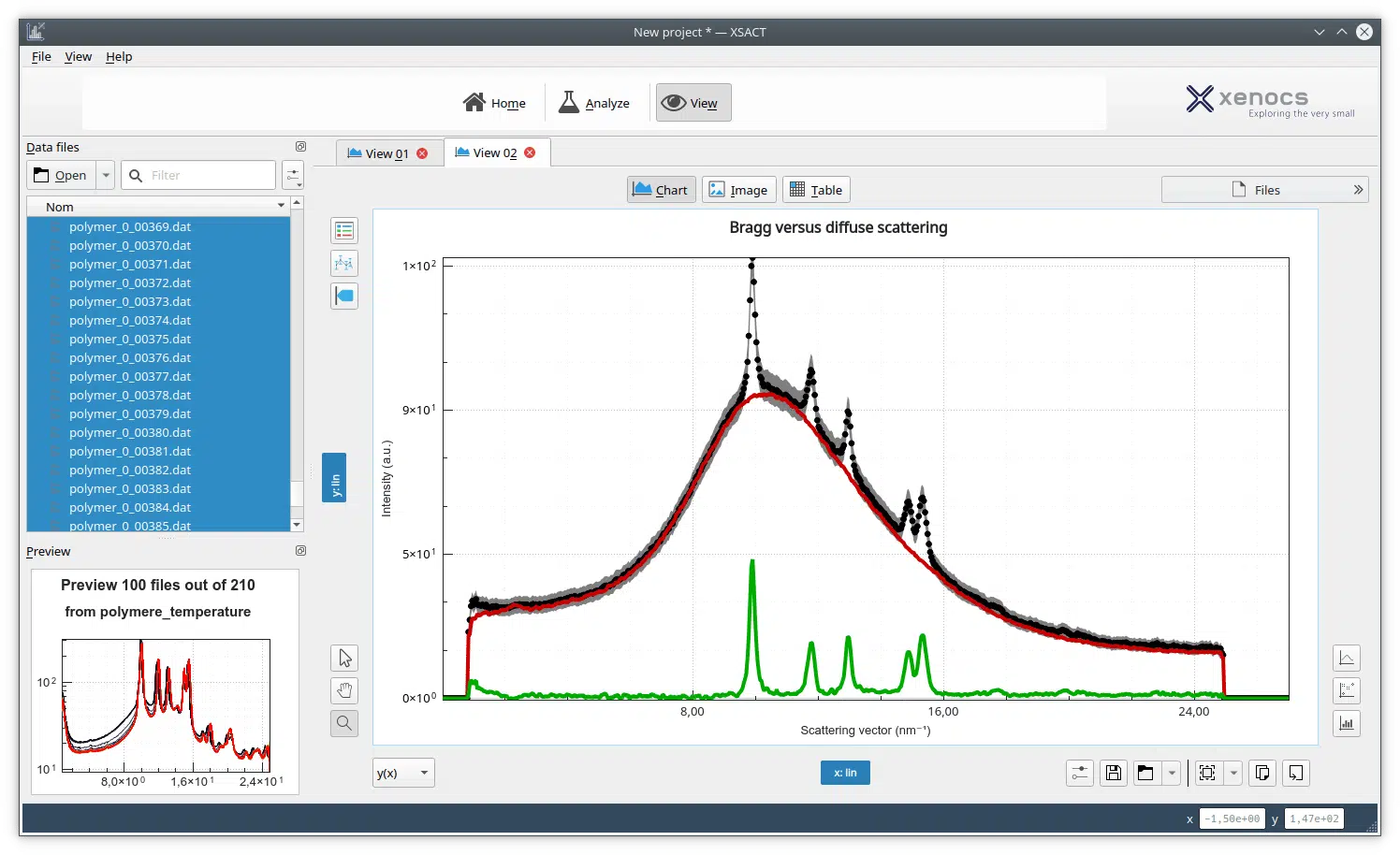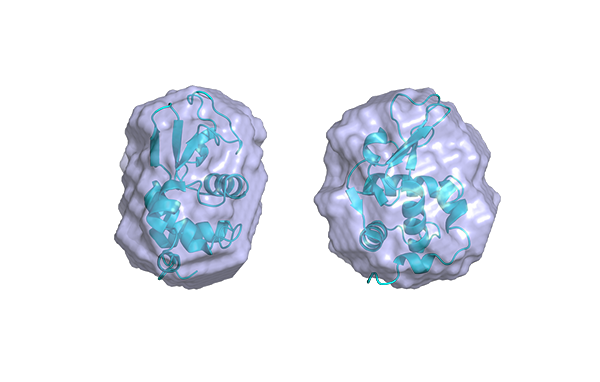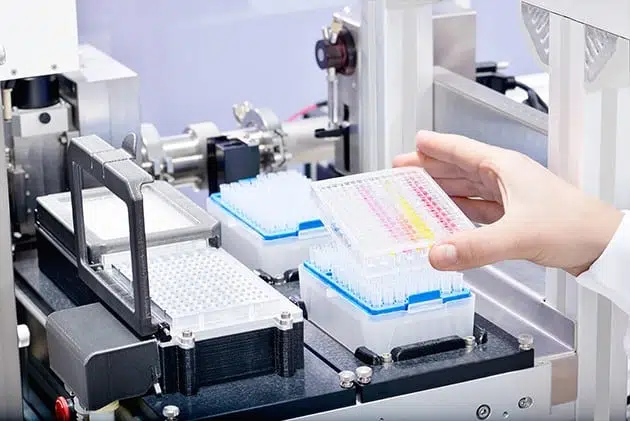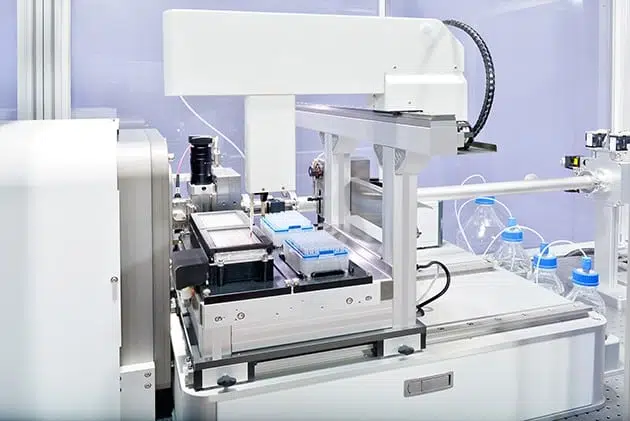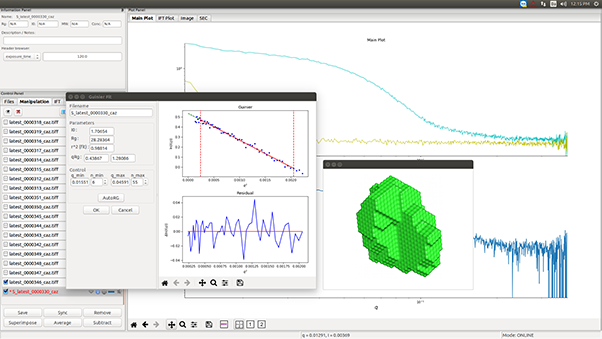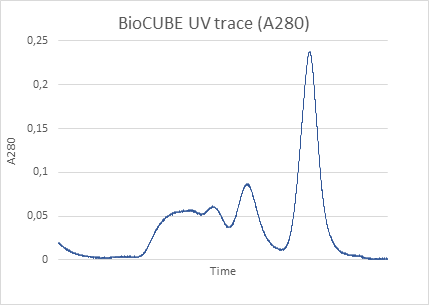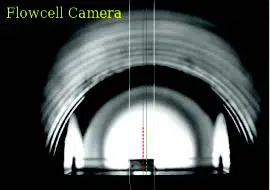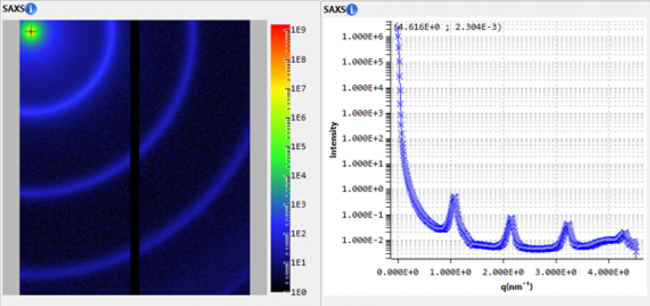Yu, Duk Man; Smith, Darren M.; Kim, Hyeyoung; Rzayev, Javid; Russell, Thomas P.
Two-Step Chemical Transformation of Polystyrene-block-poly(solketal acrylate) Copolymers for Increasing ?
We investigated the two-step chemical transformation of a series of symmetric poly(styrene-b-solketal acrylate) (PS-b-PSA) copolymers with varying molecular weights from 1900 to 27?300 g/mol (13 ? N ? 194) synthesized by sequential atom transfer radical polymerization. Through acid-catalyzed hydrolysis, the PSA block is converted into poly(glycerol acrylate) (PGA), which subsequently…
Microstructure and properties of polyacrylonitrile based carbon fibers
Lu, Junshan; Li, Weiwei; Kang, Hongliang; Feng, Libang; Xu, Jian; Liu, Ruigang
The microstructure of polyacrylonitrile (PAN)-based carbon fibers with different mechanical properties was investigated. It was found that the tensile strength of the PAN-based carbon fibers generally decrease with the increase in the modulus. The properties of PAN-based carbon fiber are mainly controlled by the microstructure and microvoids. The increase in…
Local mobility in electrochemically inactive sodium in hard carbon anodes after the first cycle
Jensen, Anders C. S.; Olsson, Emilia; Au, Heather; Alptekin, Hande; Yang, Zhengqiang; Cottrell, Stephen; Yokoyama, Koji; Cai, Qiong; Titirici, Maria-Magdalena; Drew, Alan J.
Sodium ion batteries are a promising alternative to current lithium ion battery technology, providing relatively high capacity and good cycling stability at low cost. Hard carbons are today the anodes of choice but they suffer from poor rate performance and low initial coulombic efficiency. To improve the understanding of the…
Time resolved alkali silicate decondensation by sodium hydroxide solution
Dupuis, Romain; Rodrigues, Donatien Gomes; Champenois, Jean-Baptiste; Pellenq, Roland; Poulesquen, Arnaud
Silica is by far the chemical compound the most widespread and used around the world: as a raw product in the buildings and roads industry, as concrete, or as a processed product in the manufacture of glass, ceramics or zeolites. In alkali silicate solutions often used to synthesize those…
Ultrathin Homogenous AuNP Monolayers as Tunable Functional Substrates for Surface-Assisted Laser Desorption/Ionization of Small Biomolecules
Liu, Zhen; Zhang, Peng; Kister, Thomas; Kraus, Tobias; Volmer, Dietrich A.
A series of ultrathin, homogenous gold nanoparticle (AuNP) substrates for surface-assisted laser desorption/ionization mass spectrometry (SALDI-MS) were prepared using a simple air/water interface approach. These SALDI substrates enabled soft ionization and provided significant improvements in terms of signal intensities and reduced background levels in comparison to other AuNP morphologies for
An in situ SAXS investigation of the formation of silver nanoparticles and bimetallic silvergold nanoparticles in controlled wet-chemical reduction synthesis
F. Garcia, Paulo R. A.; Prymak, Oleg; Grasmik, Viktoria; Pappert, Kevin; Wlysses, Wagner; Otubo, Larissa; Epple, Matthias; P. Oliveira, Cristiano L.
We present a study on the formation of silver (Ag) and bimetallic silvergold (AgAu) nanoparticlesmonitored by in situ SAXS as well as by ex situ TEM, XRD and UV-vis analysis in a flow reactor at controlled reaction temperature. The formation mechanism of the nanoparticles is derived from the structural parameters…
Efficient Anti-solvent-free Spin-Coated and Printed Sn-Perovskite Solar Cells with Crystal-Based Precursor Solutions
He, Lintao; Gu, Hao; Liu, Xiaolong; Li, Pengwei; Dang, Yangyang; Liang, Chao; Ono, Luis K.; Qi, Yabing; Tao, Xutang
Tin-based perovskite solar cells (PSCs), with more consummate optical band gaps, lower exciton-binding energies, and higher charge-carrier mobility, have not attracted tremendous research efforts compared with the lead-based ones that have a record power conversion efficiency (PCE) of 24.2%. The major challenges for Sn-based research are significantly low open-circuit voltage,…
Synthesis of Anthracene Conjugates of Truncated Antifreeze Protein Sequences: Effect of the End Group and Photocontrolled Dimerization on Ice Recrystallization Inhibition Activity
Graham, Ben; Fayter, Alice E. R.; Gibson, Matthew I.
Biomacromolecular antifreezes distinguish ice from water, function by binding to specific planes of ice, and could have many applications from cryobiology to aerospace where ice is a problem. In biology, antifreeze protein (AFP) activity is regulated by protein expression levels via temperature and light-regulated expression systems, but in the laboratory…
Phase separation and performance of polyethersulfone/cellulose nanocrystals membranes
Lessan, Fatemeh; Karimi, Mohammad; Bañuelos, Jose Leobardo; Foudazi, Reza
We investigate the effect of cellulose nanocrystals (CNC) as a hydrophilic nanoparticle on the characteristics of polyethersulfone (PES) based membranes. The membranes are fabricated using typical nonsolvent induced phase separation (NIPS) method. We study the radius of gyration and aggregation of PES in dimethylformamide in the presence of CNC, the…
Periodic Polyethylene Sulfonates from Polyesterification: Bulk and Nanoparticle Morphologies and Ionic Conductivities
Rank, Christina; Yan, Lu; Mecking, Stefan; Winey, Karen I.
A series of polyethylene-like ionomers with periodic sulfonate groups were synthesized by polyesterification of octatetracontane-1,48-diol and tetrabutylammonium dimethyl sulfosuccinate. Optional cation exchange in aqueous dispersions replaced the NBu4+ counterions for Na+ or Cs+. The defined periodic microstructure of the polymers leads to the formation of layered structures in bulk and…





